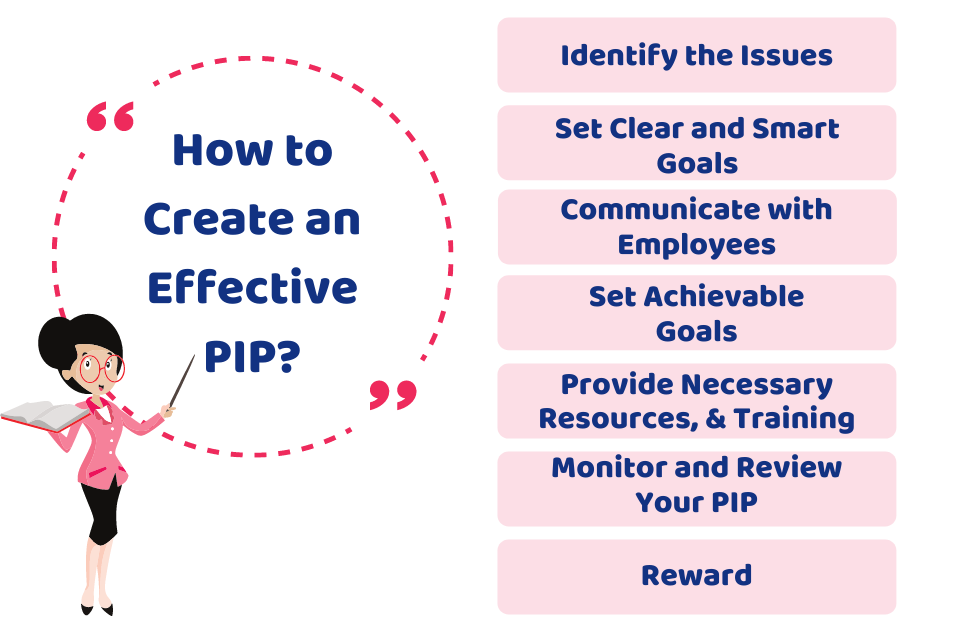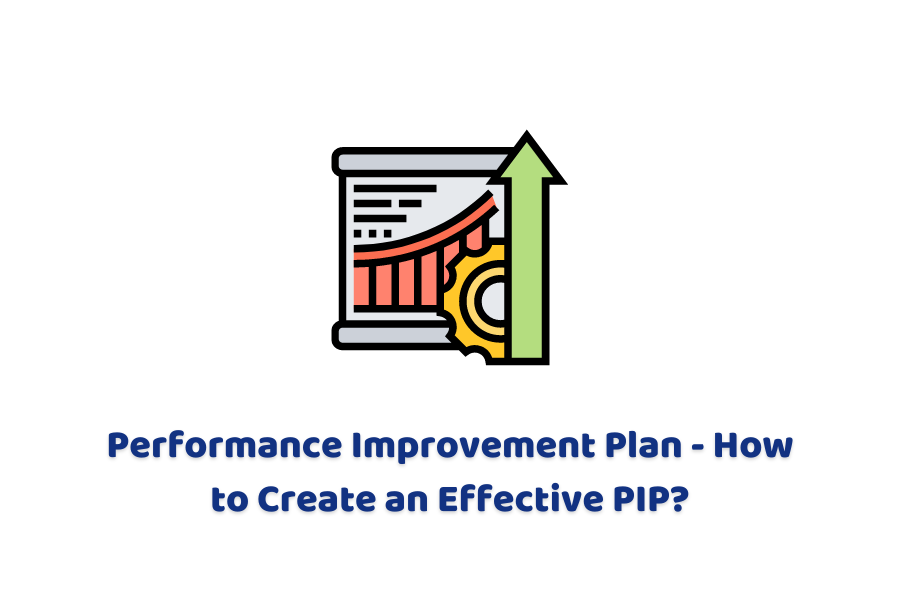Humans can’t perform at their best all the time. There are ups and downs in everyone’s life. It happens that most of the time we complete our tasks perfectly in a short time, but sometimes we don’t do things satisfactorily. However, if an employee constantly shows poor performance, get behind the schedule, or shows no progress, it can be difficult for a business to compensate the loss. Yet, a person can settle these all deficiencies with an intelligent performance improvement plan (PIP).
In this post, we’ll explain: what is PIP, what are its benefits, why it is needed, and how to create an effective PIP to boost the productivity of your employees and for the overall success of your organisation.
Let’s dive in!
Accounting Firms is the UK’s only instant Accountancy & Taxation Fee Comparison Website, where you can search, compare profiles, and read reviews of various professionals to get the perfect fit for your business. Register today to get in touch with them!
What is a Performance Improvement Plan?
A PIP is a strategy or formal document that lists down the underperformance areas of an employee and suggests improvements to raise their productivity. For example, it may entail offering a skill or training that an employee lacks.
With PIP, employers can help employees to discuss matters relating to their job roles. It provides a framework to enhance the performance of the employees as per the business goals. A good PIP creates a win-win situation where employees are uplifted and businesses benefit from their productivity.
A person from the staff creates this document who is well aware of employees’ behaviour and performance at the workplace. It can be a manager, supervisor, or team lead. Then, HR further approves it to implement.
Now you might be wondering how PIP could be beneficial for your organisation.
Benefits for PIP
Here are some of the major benefits of PIP:
- It ensures employees that their company understands their challenges and is ready to support them
- It improves the company’s culture
- This document help employees to know the expectation of their organisation
- PIP also works out for those who are feeling unsatisfied in their roles
- This plan raises employees’ mobility and allows them to do transition to a higher and better role
- It creates a trained and skilled workforce that ultimately increase the productivity of the company
- It saves management’s time and resources
- This method is more effective than reviews
Why Performance Improvement Plan is Needed?
The main purpose of PIP is to assist those employees who are underperforming. It doesn’t imply that they are not working hard to achieve the company goals. It might be due to insufficient training of the employees or the organisation might lack something. For this reason, the first aim of PIP is to identify the issue to sort them out.
The prime reason to implement PIP in an organisation is to improve the performance of the employees. Let’s see how to create an effective PIP.
Want to get leads and sales? Register now your accounting firm or sell your services at Accounting Firms. It is the UK’s comparative website connecting accountants and businesses at a single place!
How to Create an Effective PIP?
Here are some simple tips to create an effective PIP:

1) Identify the Issues
Before creating a PIP, you need to be aware of the issues and reasons for the poor performance of employees. You need to ask the following questions to find out the issues:
- Are employees not performing well due to a lack of skill?
- Are they facing any personal issue that is affecting their performance?
- Is there any medical or any reason for their underperformance?
You need to be aware of these questions to examine the reasons for underperformance. For this, you need to check their absent history, performance reviews, and training details. Therefore, knowing the root cause of the problems will help the management to effectively devise the PIP to resolve them.
2) Set Clear and Smart Goals
Your employees may face difficulty to achieve the company goals if there is a lack of clarity about the business goals. You need to use the SMART approach to let them know your business goals. The smaller your goals, the easier it’ll be for employees to achieve them. Therefore, your goal needs to be:
- Specific
- Measurable
- Achievable
- Relevant
- Time-focused
This will help employees to know the objectives of the organisation.
3) Communicate with Employees
You need to understand the issues and difficulties of the employees by communicating with them. It improves engagement and helps to achieve a better outcome. A manager, team leader or supervisor need to be transparent with the employees while communing to know what issues they are facing and to encourage them to work for themselves and the company.
4) Set Achievable Goals
If you are making targets that are impossible to achieve, there’s no point to create PIP. For this reason, you need to set achievable goals. Determine the success first, and outline a clear strategy to get there. If the roadmap to success is not clear, then it may confuse and impede the employees to reach the goal. Remember that you need to set tasks that are achievable at a specific point.
5) Provide Necessary Resources, Training and Time
To improve the performance of your employees, you need to provide the necessary resources, time and training to your workforce. Your employees need to have all the resources to achieve their goals. In addition, the business needs to offer required training to boost their skill set. Lastly, provide them ample time to get the work done efficiently.
6) Monitor and Review Your PIP
After completing the performance plan, there should be meetings and discussions where managers and employees need to discuss their successes and failures. You need to talk about the areas where PIP worked out and where it didn’t. Whether it got the results as per your expectations? If not, where did you lack and how can you make it better.
Whilst reviewing the performance of your employees, you need to consider the following points:
- Did they show any improvement in the areas where you wish to have?
- Discuss their holistic performance with their manager or supervisor
- Ask about the impact of PIP on their work and whether it really worked out
- Ask about what should be the next step to take
- Communicate the review went from the management
- If their performance didn’t meet the PIP, consider options like training, reassessment, etc
7) Reward
If any of your employees show improvement, celebrate their progress with a reward. If employees have hit their targets, appraise them and look ahead for a new goal.
Repeat the process to elevate the performance of your business with an effective PIP.
Summing Up
So, a Performance Improvement Plan (PIP) can be a great tool for encouraging and supporting employees to learn new skills by enhancing their productivity for the long term success of your business. Many large businesses implement this strategy to turn their struggling employees into valuable assets. Moreover, it also promotes accountability. In addition, it increases employees retention and gets better business outcomes. In a nutshell, it is an effective strategy to enhance the overall performance of the organisation.
If you are an accountant looking for possible leads within a short time, you don’t need to search for your clients as we have them already at Accounting firms! Register at accounting firms for free to get leads!
Have a Query? Feel free to get in touch!
Disclaimer: This is just a basic guide for your general understanding of PIP.

